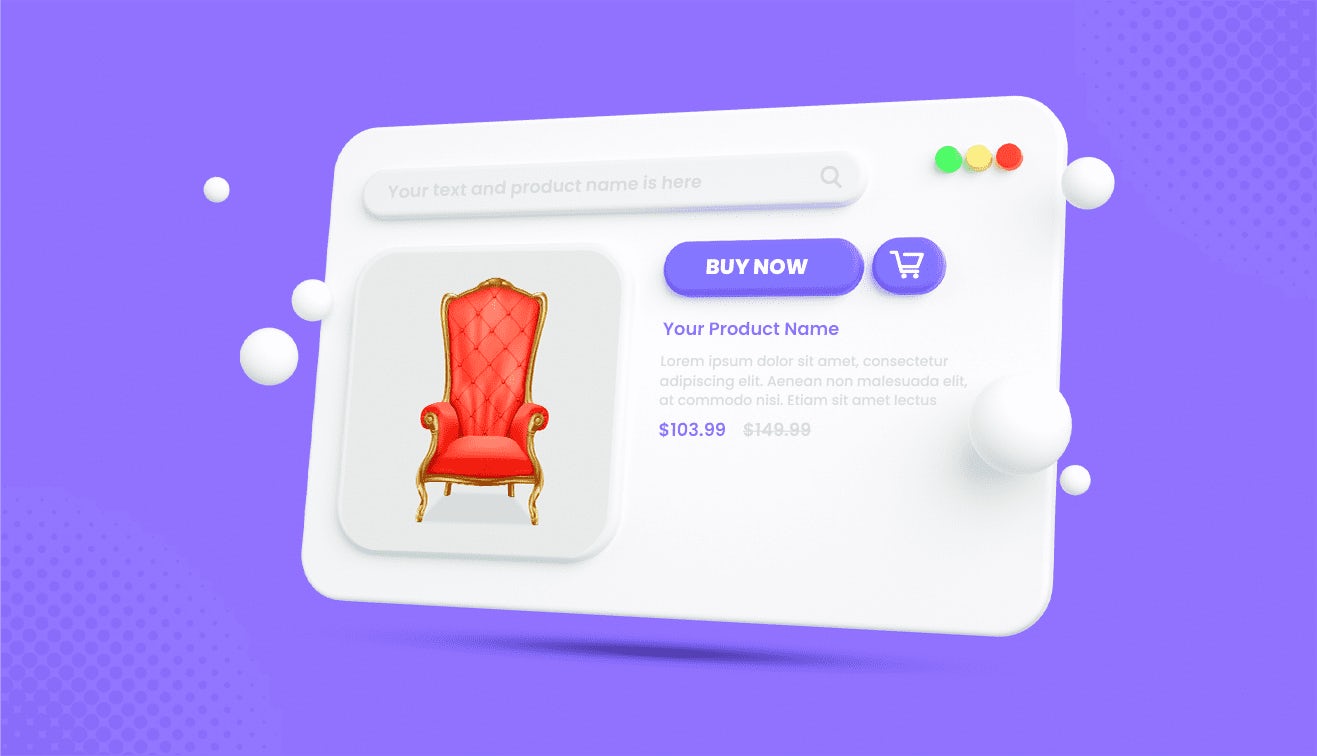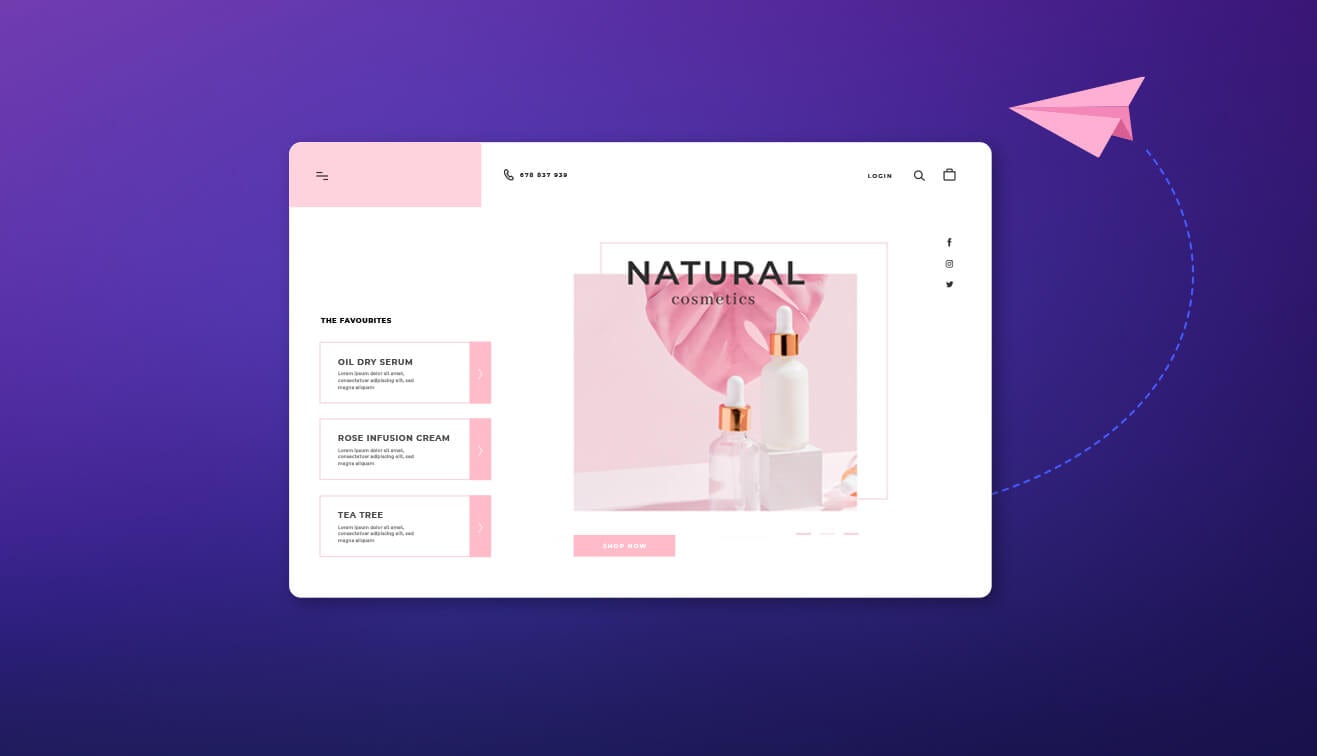Customer churn is one of the most pressing challenges in the B2B space, especially as companies navigate competitive markets and evolving customer expectations. Losing a long-term client can significantly impact revenue, reputation, and operational stability.
For small to medium-sized SaaS businesses, churn rates typically range between 3% and 7%, with an ideal benchmark hovering around 1%. In the first quarter of 2024, the average monthly churn rate stood at approximately 3.5%, showing promising signs of improvement toward 2.5%.
These trends highlight a growing focus on customer retention and effective churn reduction strategies within the SaaS sector.
This blog explores the root causes of B2B customer churn, its ripple effects on businesses, and effective strategies to mitigate it.
What is B2B customer churn?
B2B customer churn refers to the loss of a business customer, either due to contract termination, non-renewals, or cessation of purchases. Churn rates are critical metrics for companies, as retaining a business client often generates more value than acquiring new ones.
Types of B2B customer churns
- Voluntary churn: When customers leave due to dissatisfaction, better alternatives, or cost factors.
- Involuntary churn: When customers are lost due to external reasons such as mergers, acquisitions, or financial instability.
The real cost of customer churn in B2B
Unlike B2C, where customer relationships are often short-term, B2B engagements are centred on long-term partnerships and shared growth. Losing a client doesn’t just mean losing a transaction—it means severing a strategic partnership.
Churn impacts multiple facets of a business:
Revenue leakage: The loss of a single enterprise account can derail quarterly forecasts, given the high value of individual contracts in B2B transactions.
Sales cycle strain: Replacing a churned customer takes far longer in B2B due to complex procurement processes and multi-stakeholder involvement.
Reputational ripple: Word travels fast in tightly knit industries, and a churned client could influence prospects' perception of your brand.
The bottom line? Customer churn in B2B isn’t just expensive—it’s unsustainable in a competitive marketplace where differentiation is key.
Why do customers churn?
At its core, churn boils down to one thing: misalignment. When your offerings fail to align with your customers’ evolving needs, priorities, or expectations, they’ll look elsewhere. A study by Accenture Interactive revealed that 80% of B2B buyers have shifted away from suppliers who failed to meet their expectations, highlighting how inadequate service and support directly contribute to customer churn.
But let’s unpack this further.
1. Value gaps
Customers are always evaluating whether your solution is delivering ROI—be it cost savings, efficiency, or business growth. If the perceived value diminishes over time or fails to scale with their growth, churn becomes inevitable.
2. Onboarding missteps
The first 90 days are crucial. A lacklustre onboarding process—where clients struggle to implement or see immediate wins—can create frustration early in the relationship, leading to disengagement.
3. Reactive customer support
In B2B, downtime or unresolved issues don’t just inconvenience clients; they disrupt entire supply chains or workflows. If your support is reactive rather than proactive, clients will seek a more dependable partner.
4. Competitor temptation
The B2B market is highly competitive, and with SaaS solutions, pricing models, and service innovations constantly evolving, clients are wooed by better deals or advanced features.
5. Lack of partnership approach
B2B isn’t transactional—it’s relational. Companies that fail to nurture trust and act as strategic partners risk becoming replaceable vendors.
How to reduce churn and build retention-led growth
In B2B sales, retention isn’t just a metric; it’s a growth strategy. Marigold’s 2024 Global Consumer Trends Index reveals that 56% of customers worldwide consider a brand’s effort to "build a relationship with me" as an important or critical factor in fostering their loyalty.
Here’s how you can create relationships that are stickier:
1. Make onboarding a strategic priority
Onboarding isn’t just a one-time process—it’s the foundation of the customer experience. Establish measurable milestones within the onboarding journey, such as “time to first value” or “time to full adoption.” Clients should feel the impact of your solution almost immediately.
2. Shift from vendor to partner
Clients are looking for more than features; they want a partner who understands their pain points and anticipates their needs.
This involves:
- Regular strategic reviews to evaluate performance against KPIs.
- Offering tailored solutions that grow and adapt as the client’s business scales.
3. Embrace proactive customer success
Customer success teams are the unsung heroes in churn reduction. Their role is to foresee potential problems and solve them before the client even notices. From health scoring tools to usage analytics, leverage data to identify accounts that may be at risk and re-engage them early.
4. Reframe pricing as a value driver
Pricing isn’t just about cost; it’s about perceived value. Offer flexible models like tiered subscriptions, pay-as-you-grow options, or outcome-based pricing to align better with your client’s financial priorities.
5. Strengthen communication loops
Regular communication isn’t optional—it’s essential. This goes beyond account management. Consider:
- Hosting quarterly business reviews (QBRs).
- Sharing success stories or industry benchmarks to reinforce the value you deliver.
Leveraging B2B digital transformation to combat churn
A recent analysis of the State of Customer Churn reported an average churn rate of 6.58% across the business sector, significantly exceeding the ideal benchmark of 3% or less.
Modern B2B businesses have the advantage of technology to monitor and mitigate churn risks effectively:
Customer relationship management (CRM) systems
A top-tier Customer Relationship Management (CRM) tool is essential for managing and nurturing customer relationships. These systems give you a comprehensive, 360-degree view of your customers and their transaction history, making it easier to track engagement patterns, identify risks, and act quickly. You can go for a platform that integrates with your CRM and automatically syncs customer data across multiple touchpoints, ensuring you always have the most up-to-date insights into customer sentiment and needs. Automating workflows such as onboarding and follow-ups ensures that you stay proactive in keeping customers engaged.
Customer service support software
Today’s B2B decision-makers expect seamless, digital self-service options. Research by McKinsey & Company reveals that 70%-80% of B2B decision-makers prefer using digital self-service tools before reaching out to customer service. Offering solutions like live chat, chatbots, or online ticketing platforms ensures that customers can resolve issues quickly, without the friction of traditional support. SaaS solutions allow you to create knowledge bases and track customer interactions, turning these exchanges into valuable data for your churn analysis efforts.
B2B commerce platforms
A fully functional B2B commerce platform is one of the most powerful tools for driving retention. Unlike B2C platforms, which are often ill-equipped for the complexities of B2B sales, a B2B-specific platform is designed to meet the unique needs of business customers. With customisable product catalogues, price lists, and personalised experiences, these platforms allow you to engage your customers in meaningful ways.
These platforms also integrate seamlessly with your CRM, PIM, CMS, and OMS systems, offering a unified experience for both your team and your customers. By offering tailored experiences and automating workflows, you can ensure customers feel valued, thus reducing churn.
Final thoughts
In B2B, churn is a silent growth killer—but it’s not unbeatable. By focusing on customer-centric strategies, embracing data-driven insights, and treating clients as long-term partners, businesses can not only reduce churn but also unlock exponential growth.
Retention isn’t just about keeping customers; it’s about ensuring they succeed—and in turn, so do you. After all, your client’s success is your greatest competitive advantage.
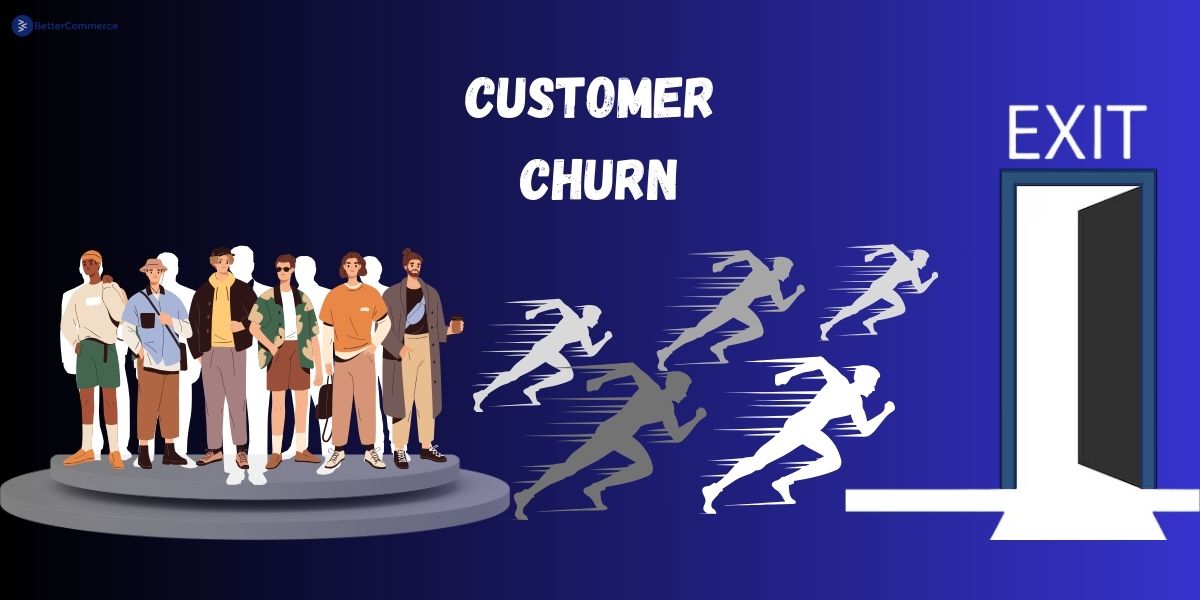














































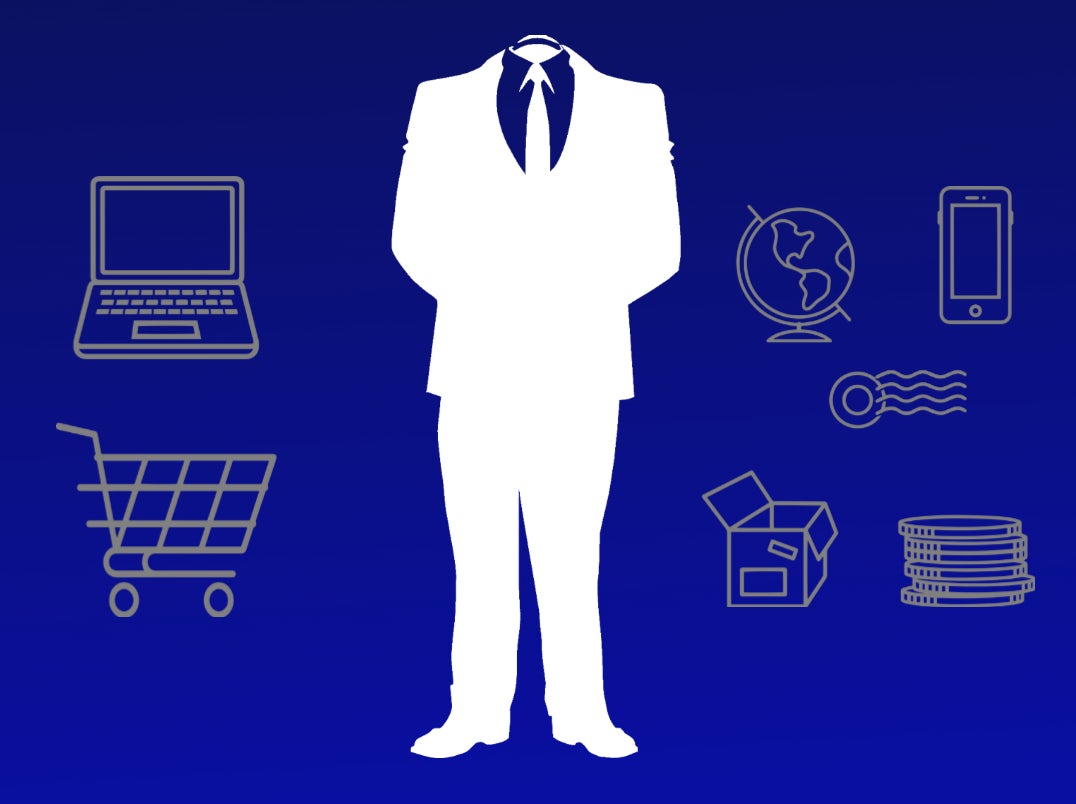

















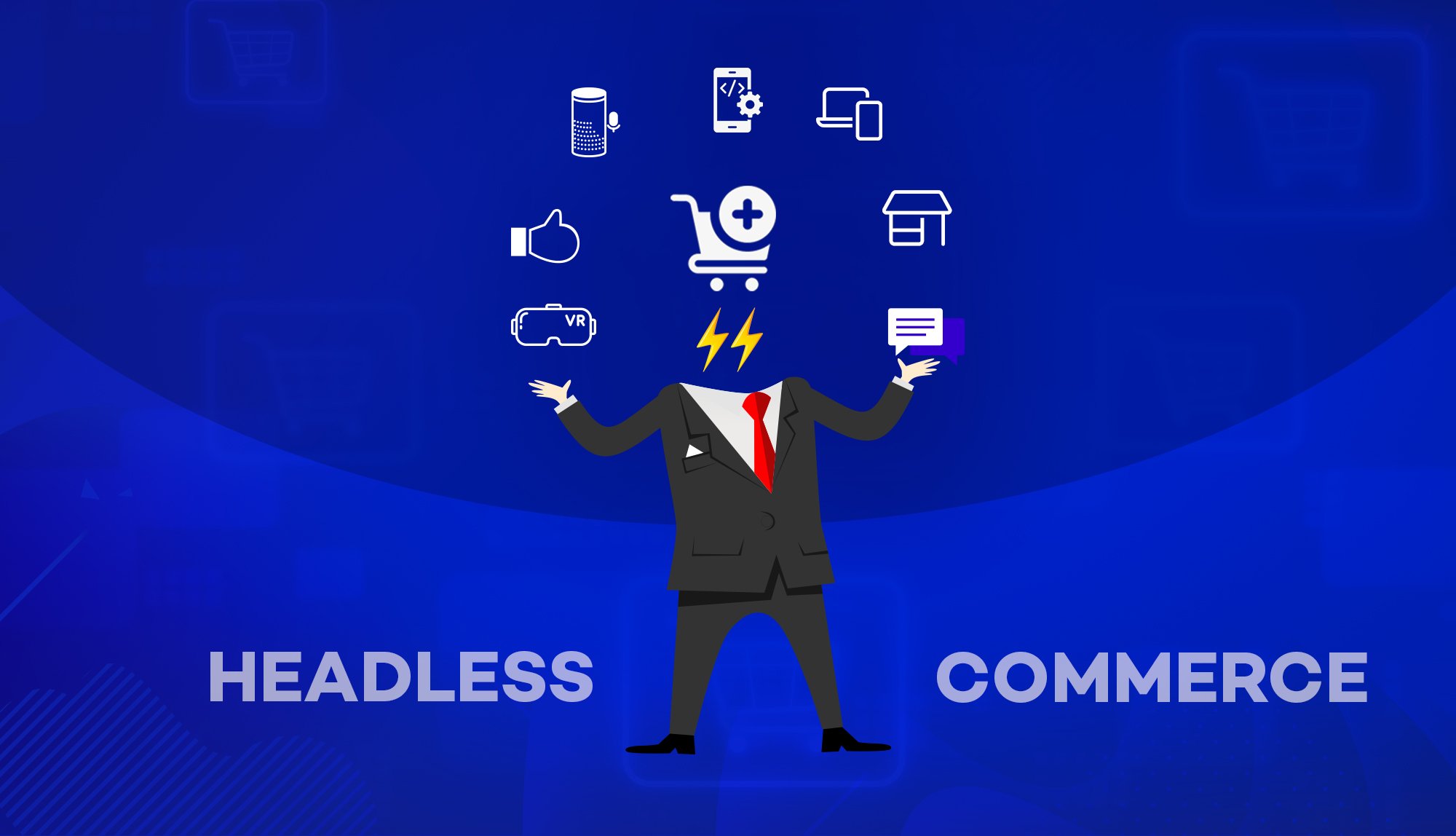
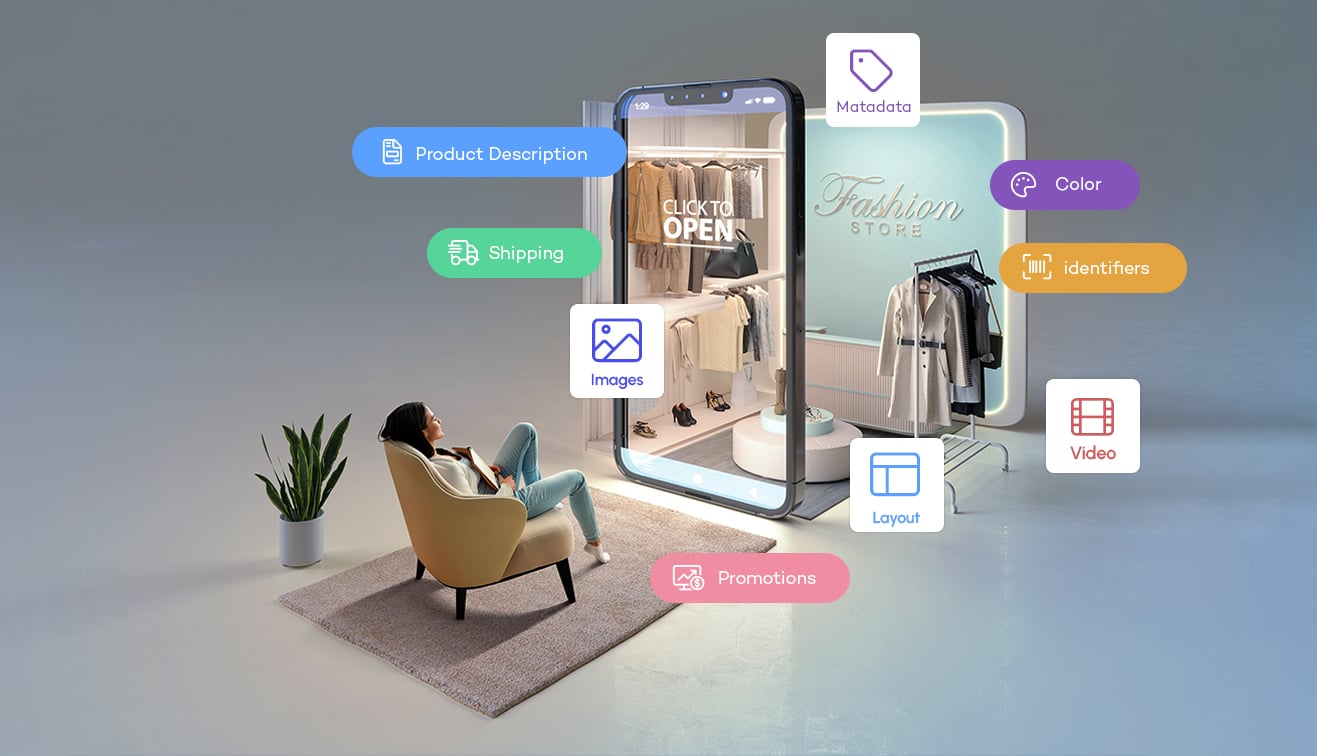
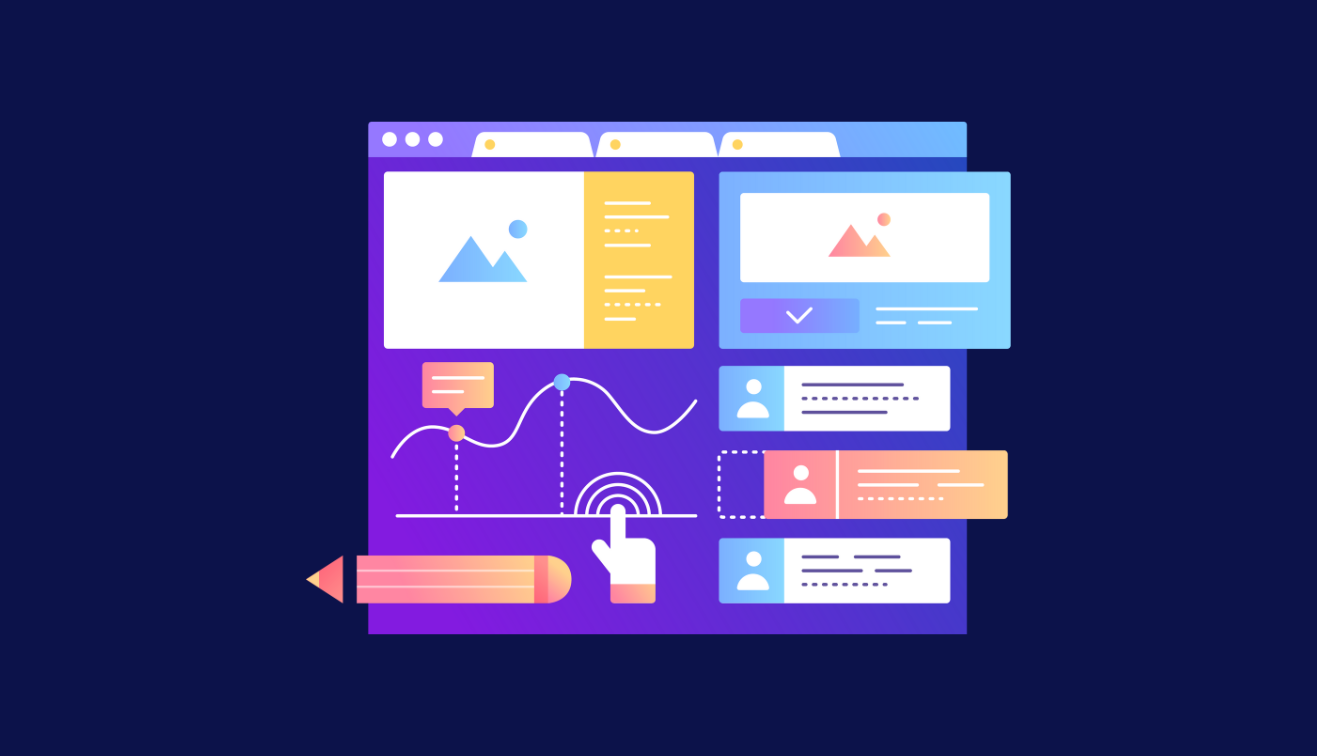
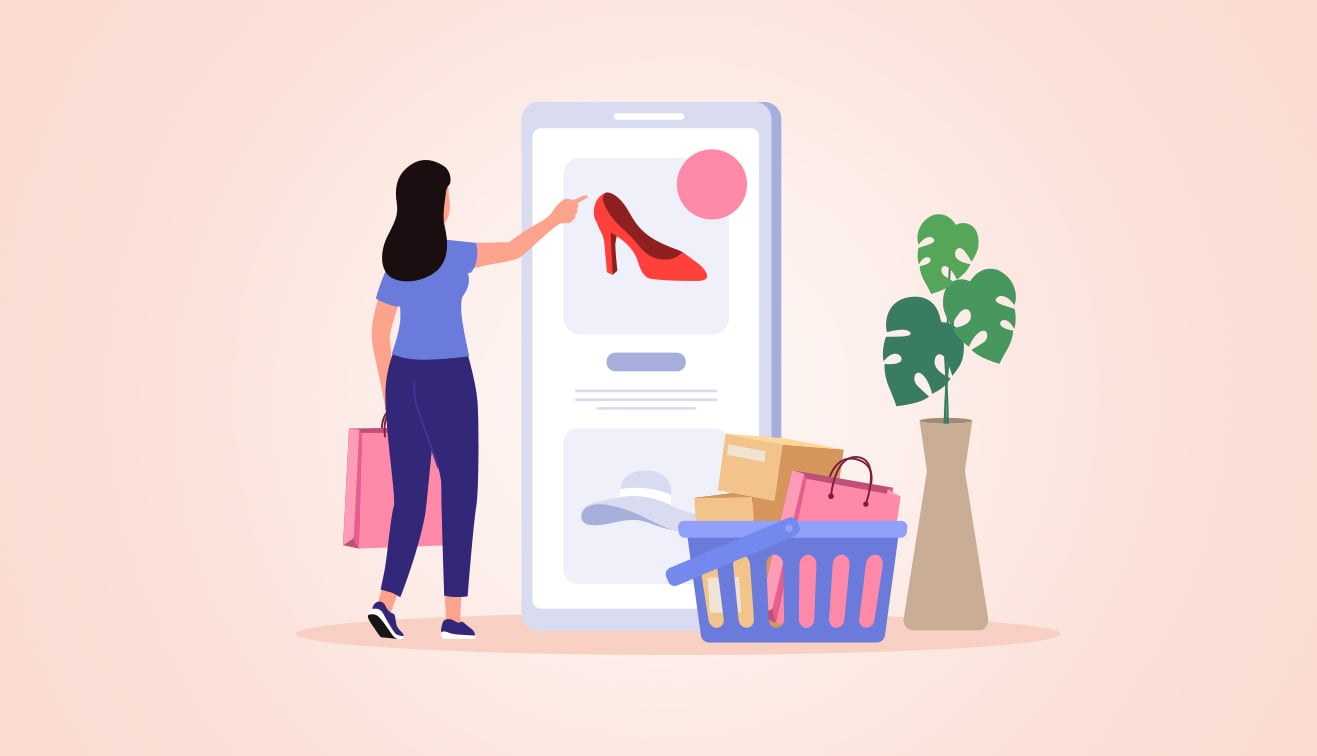

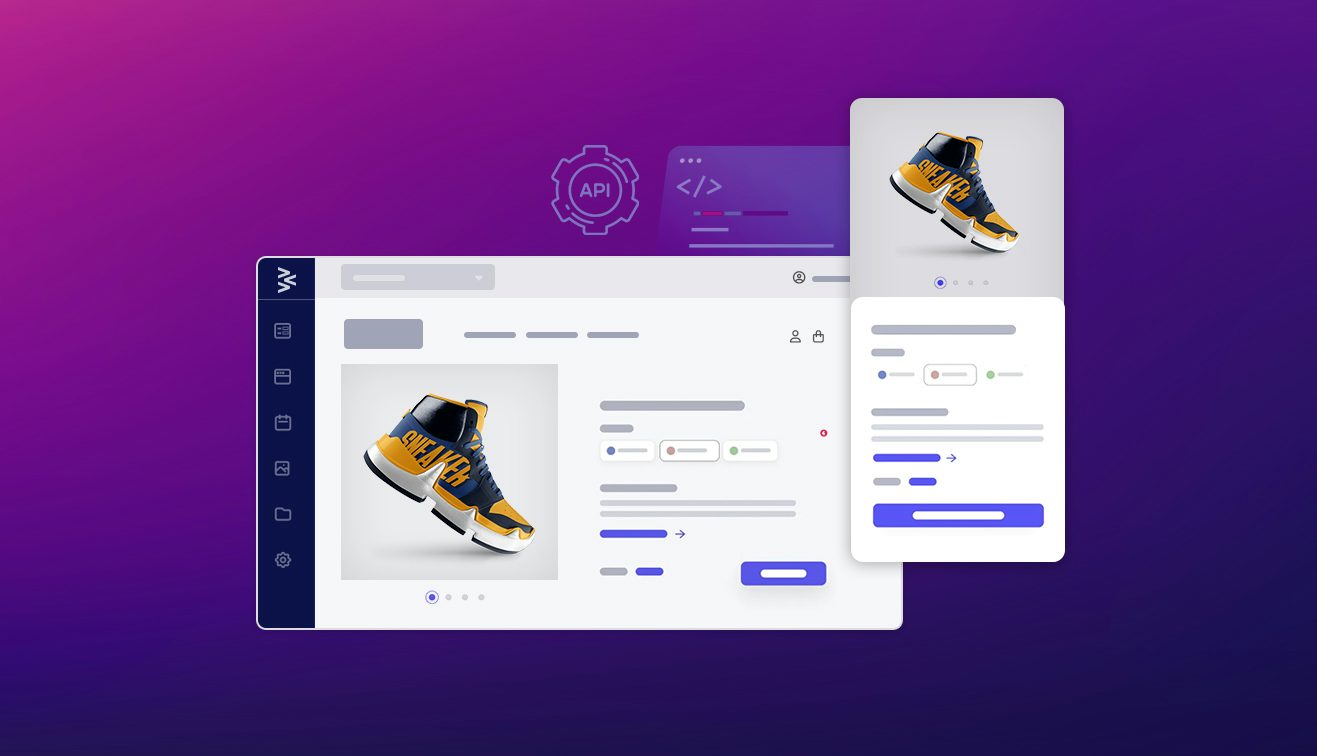

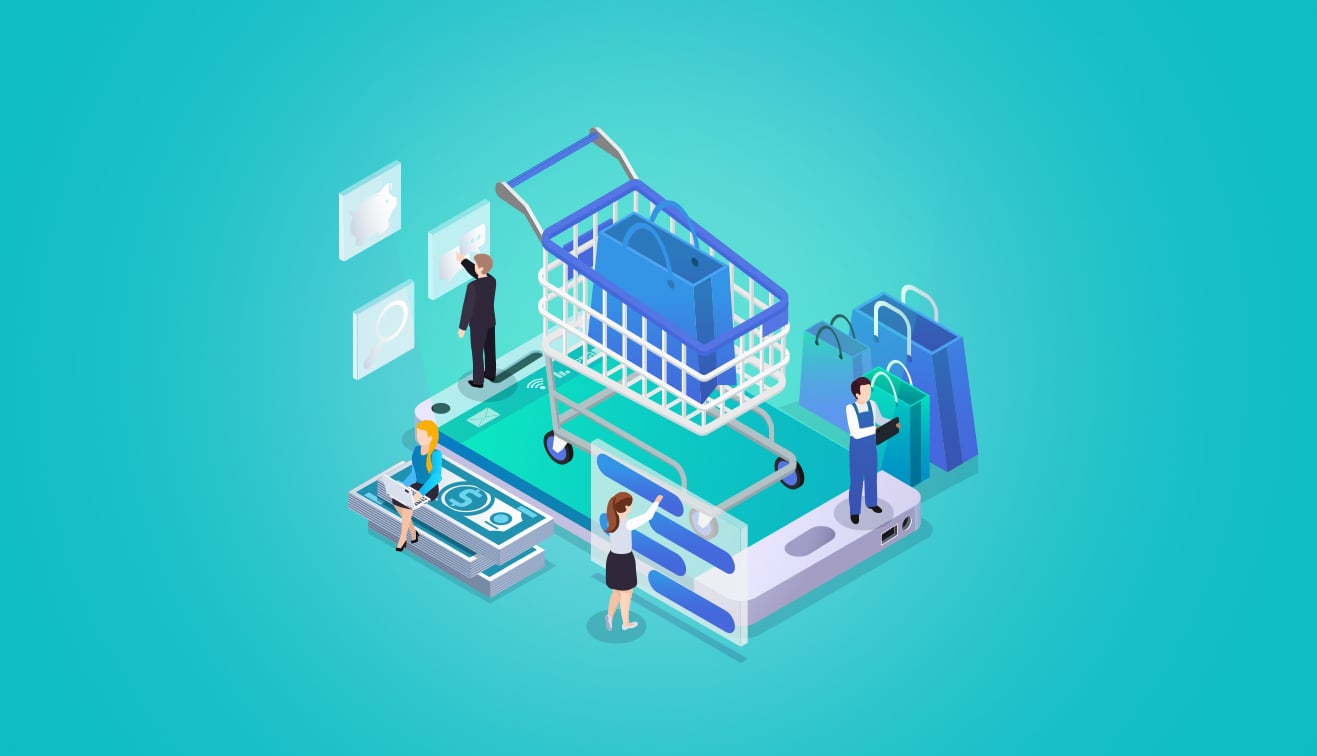
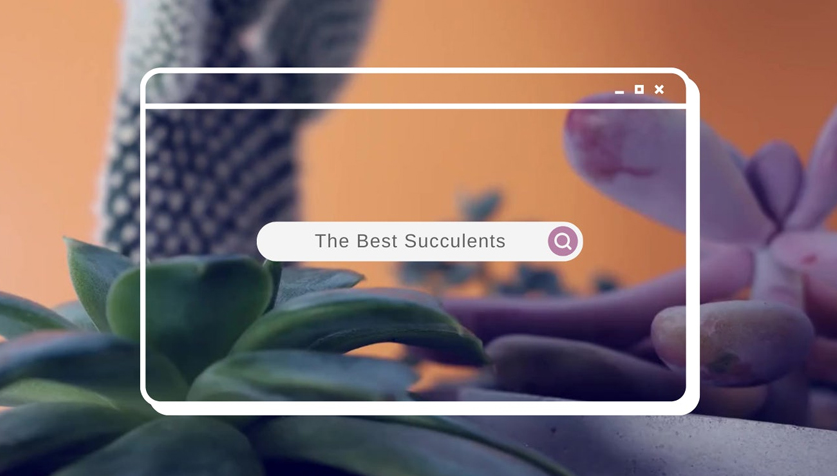
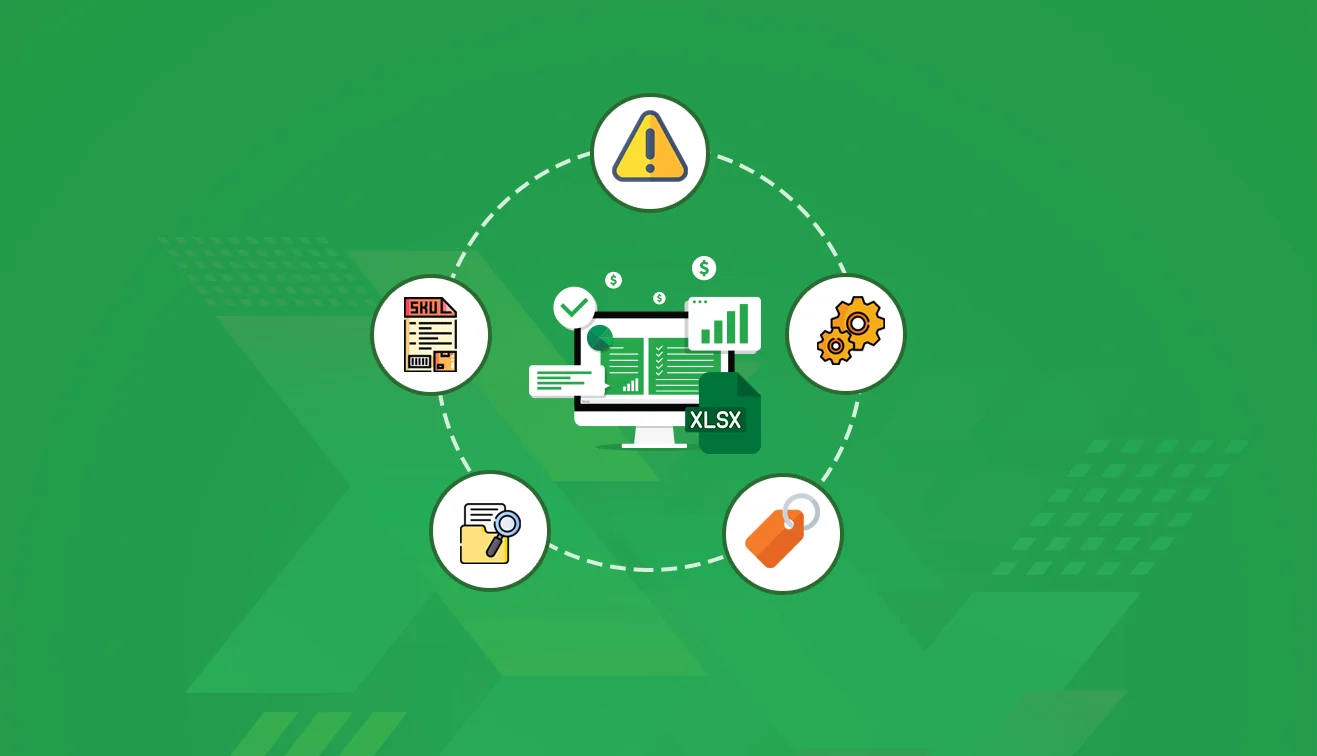
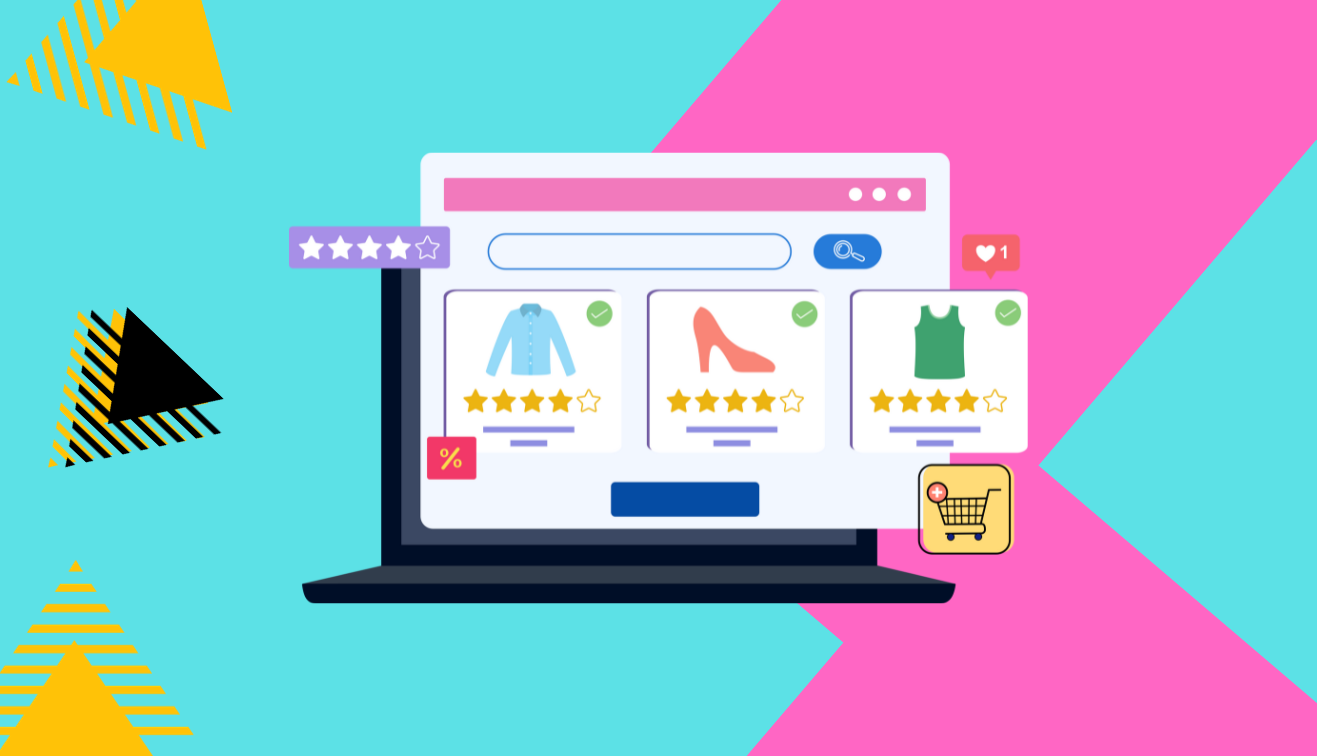
.jpg?w=3840&q=75)
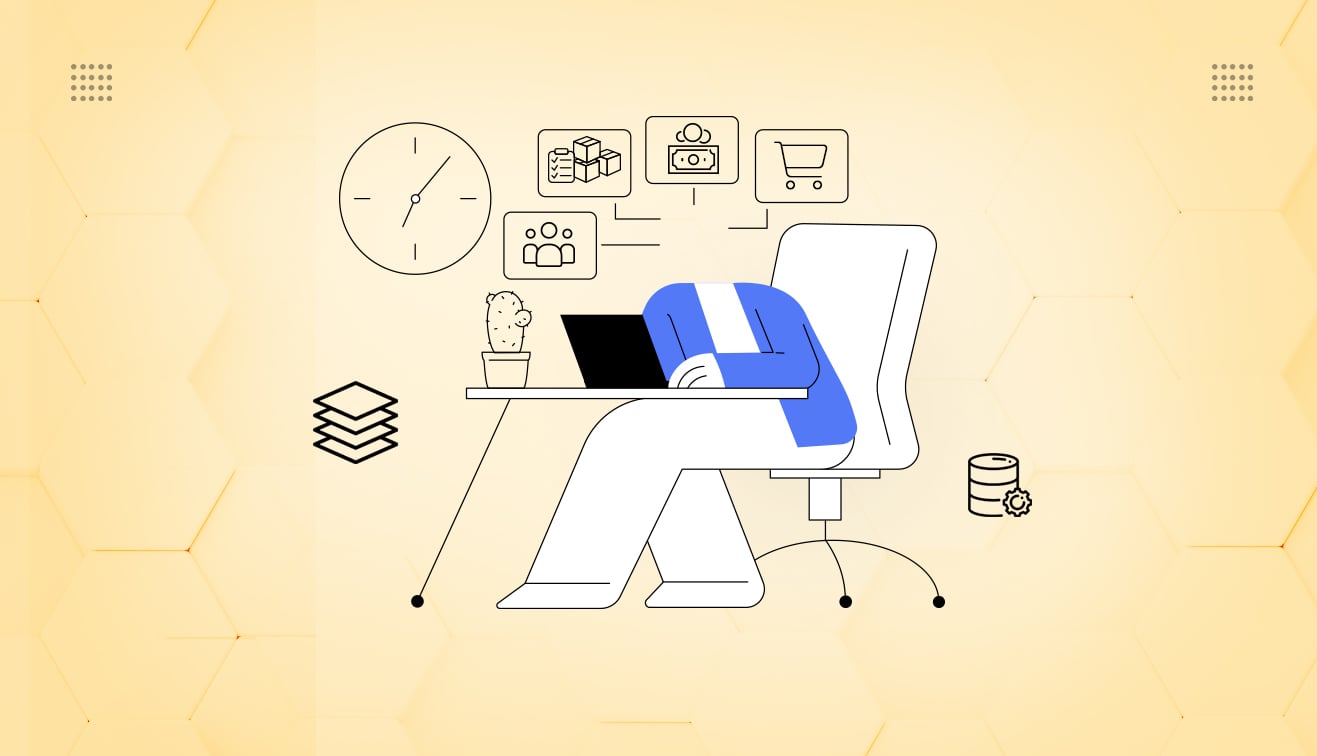

.png?w=3840&q=75)
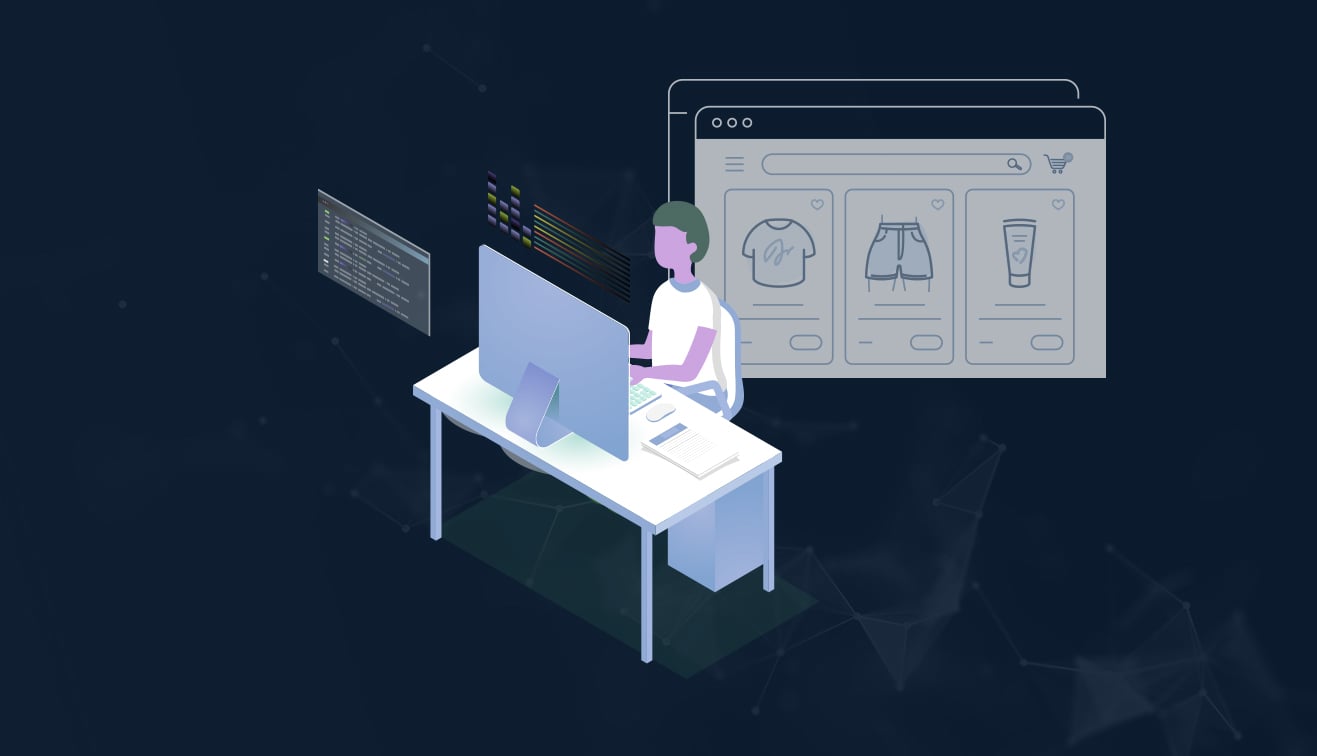
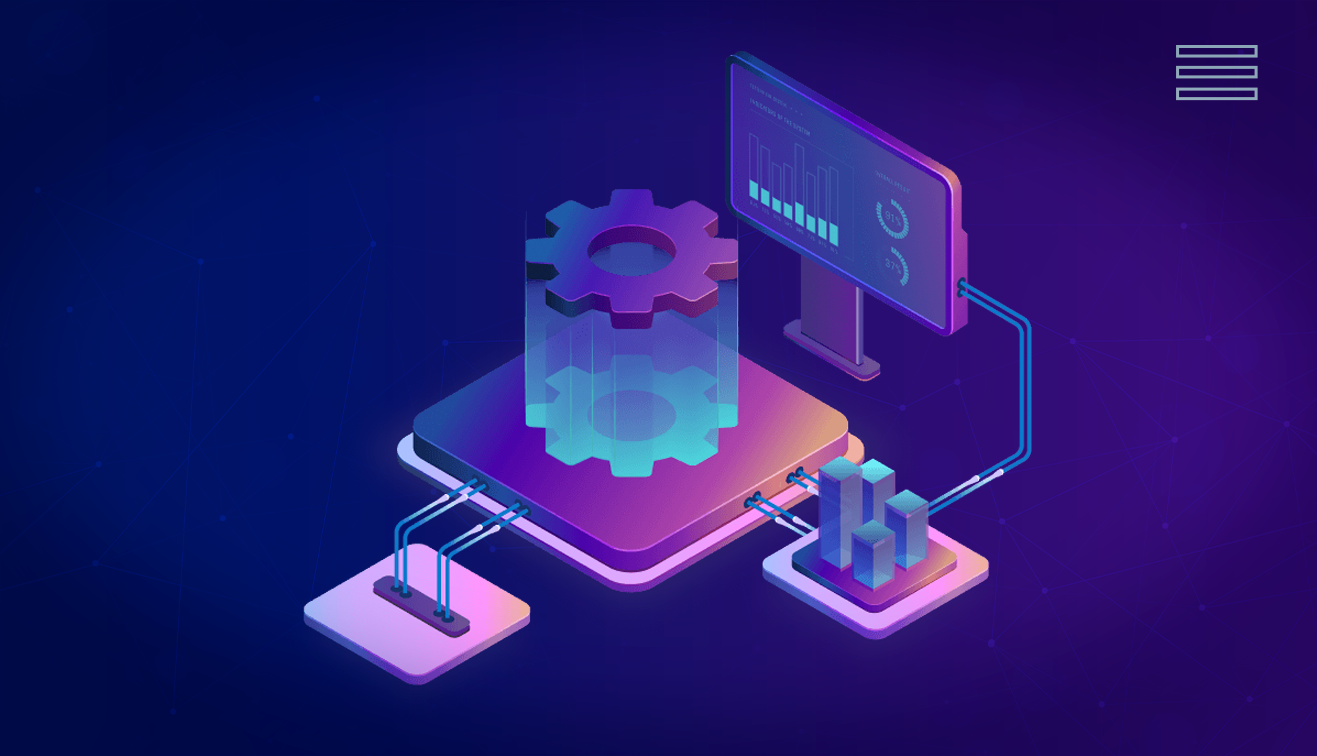
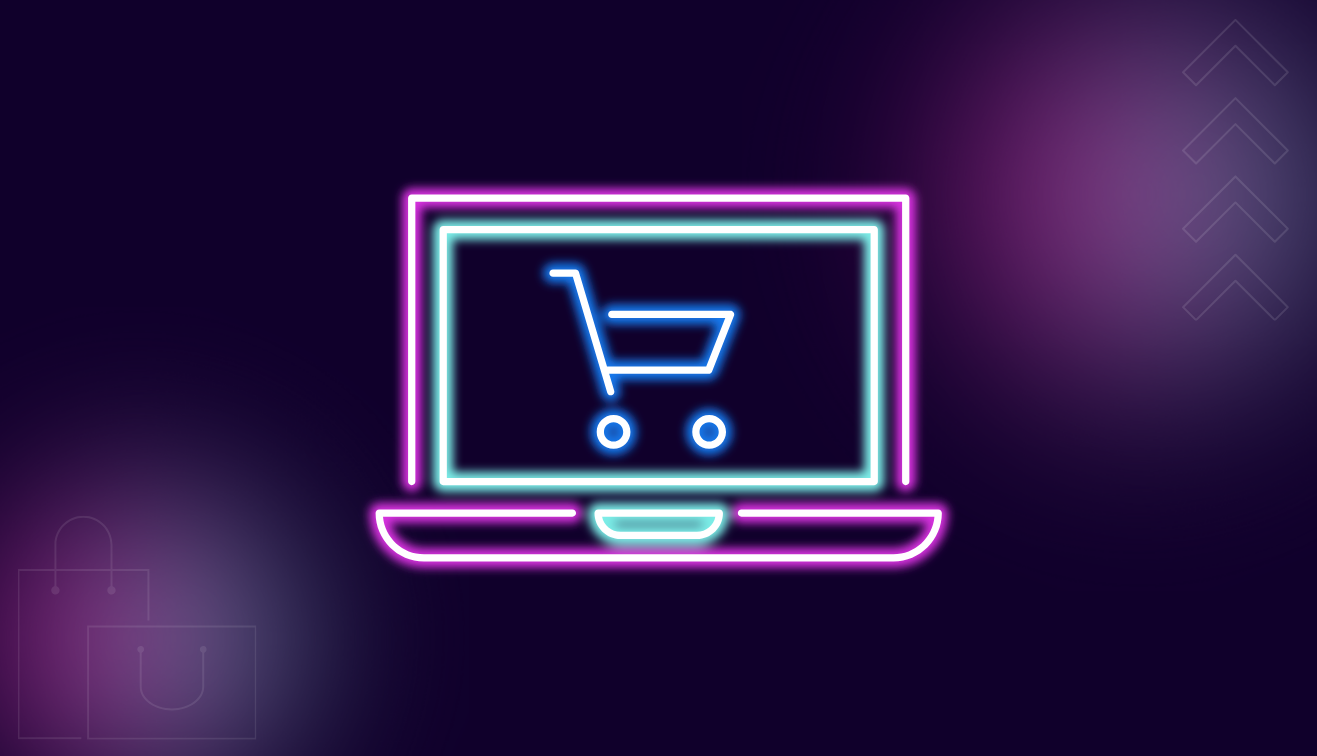
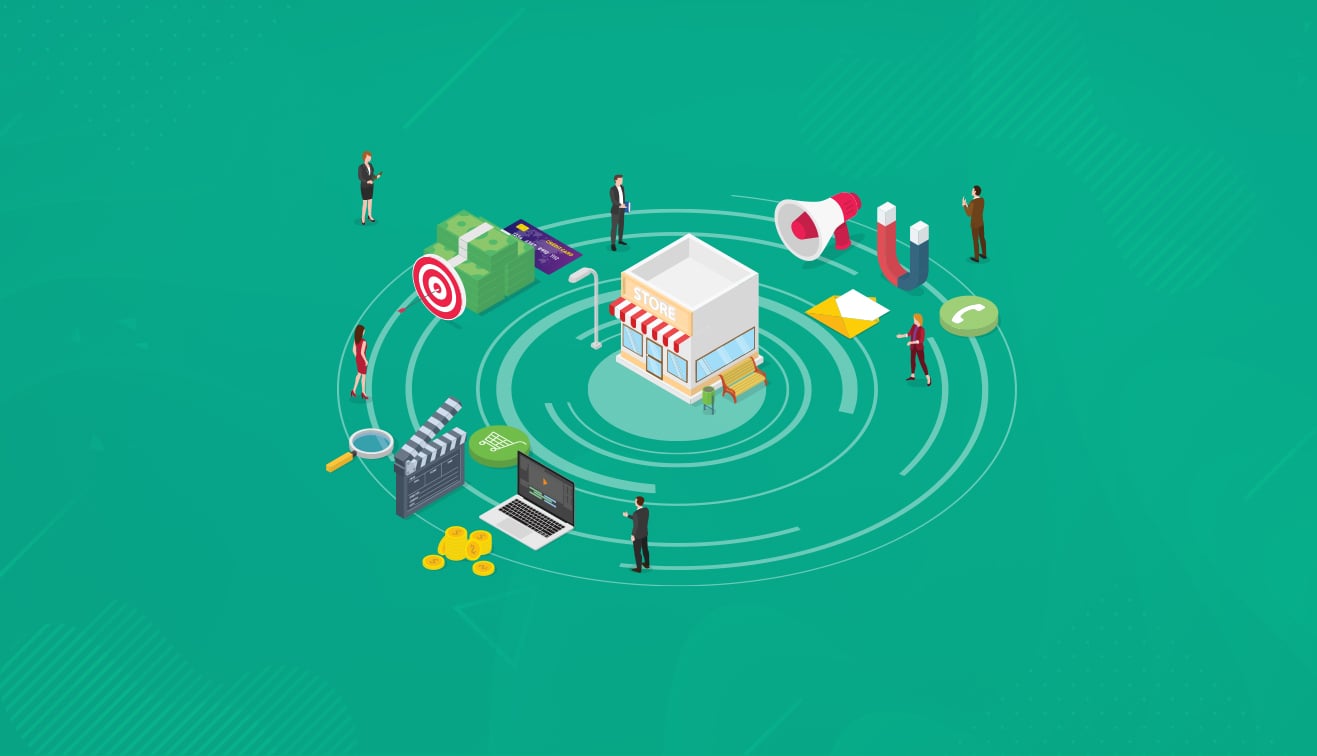
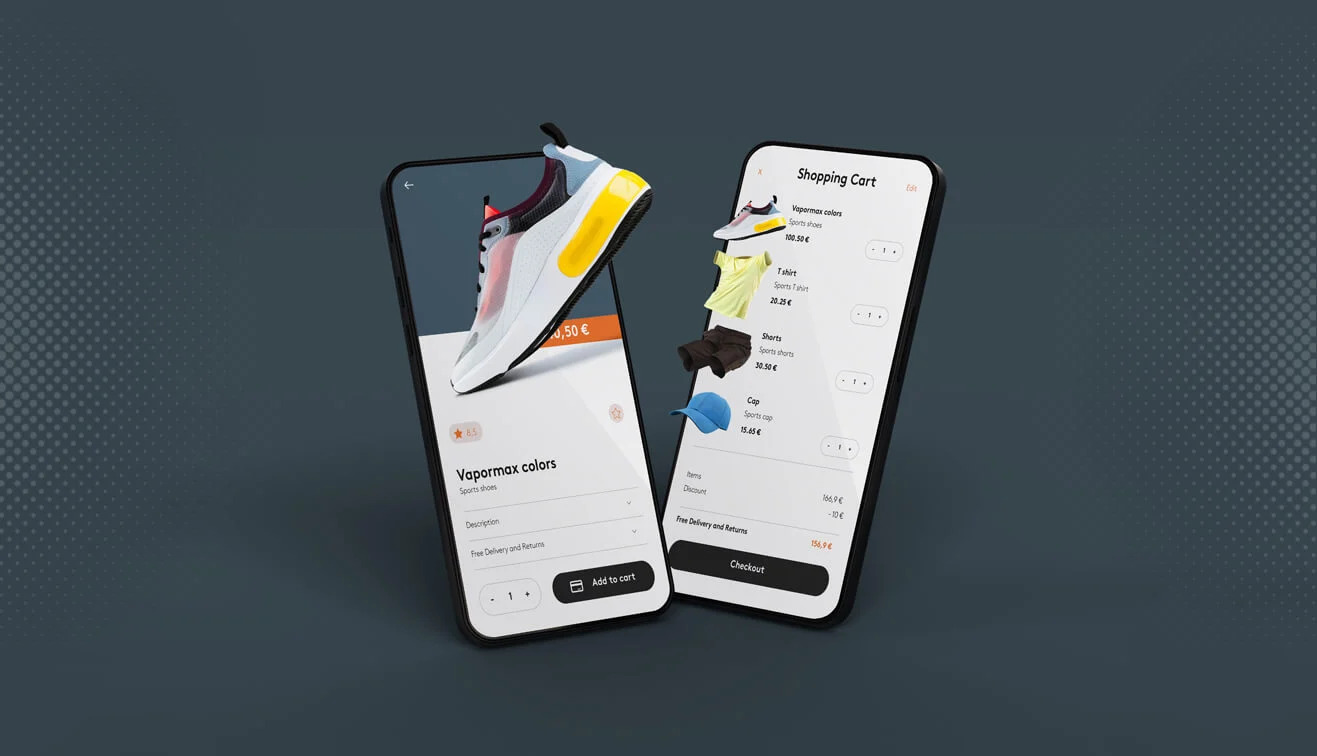
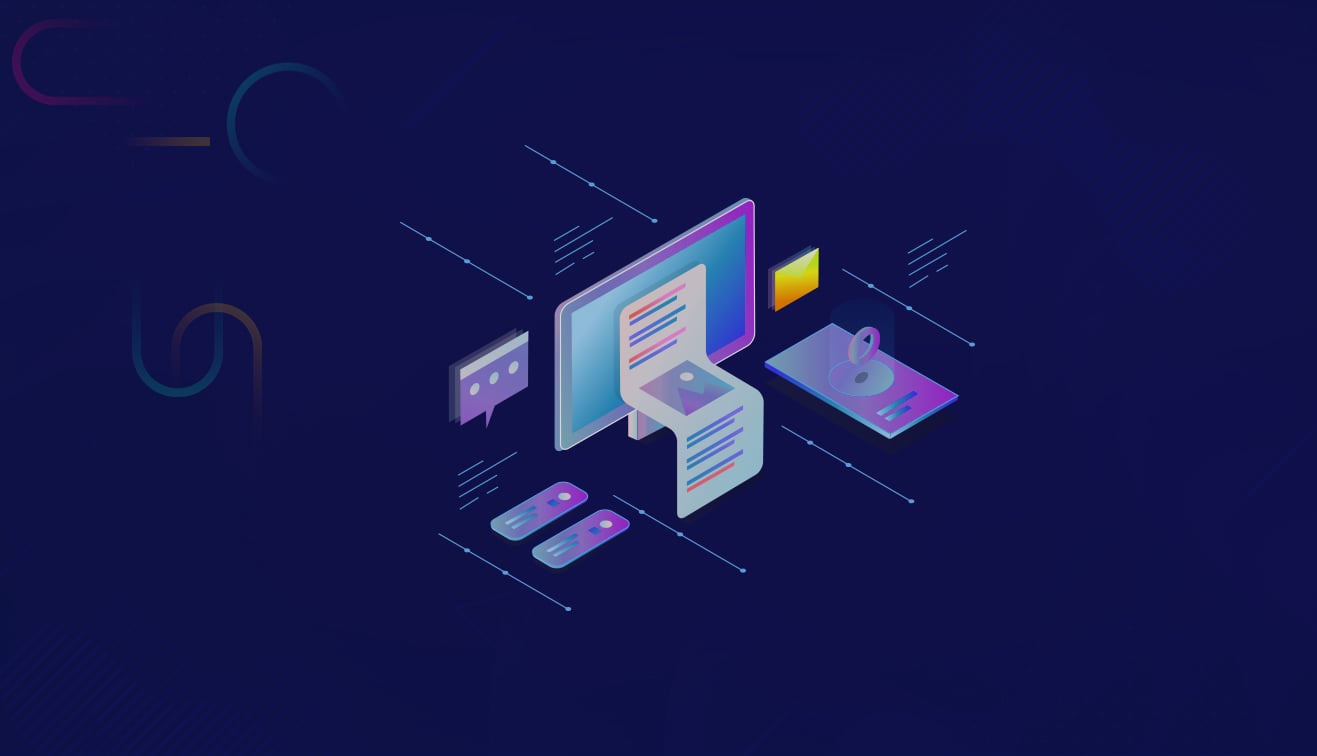
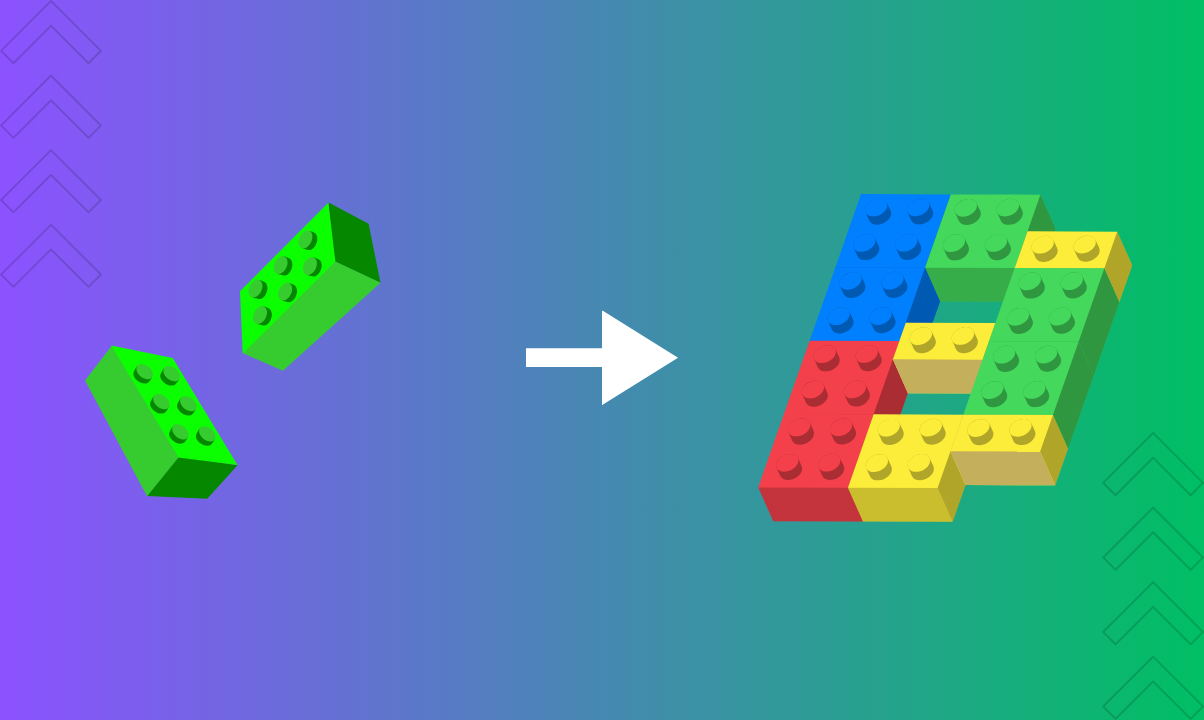

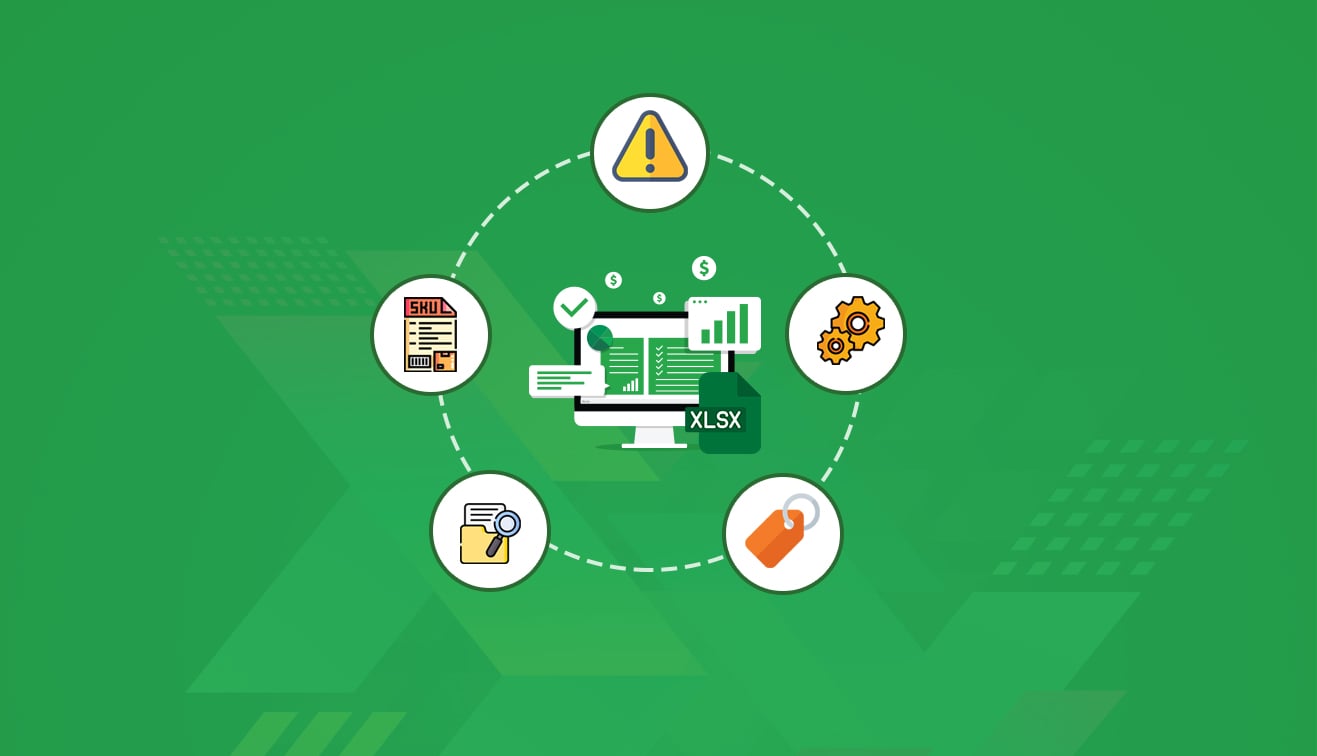
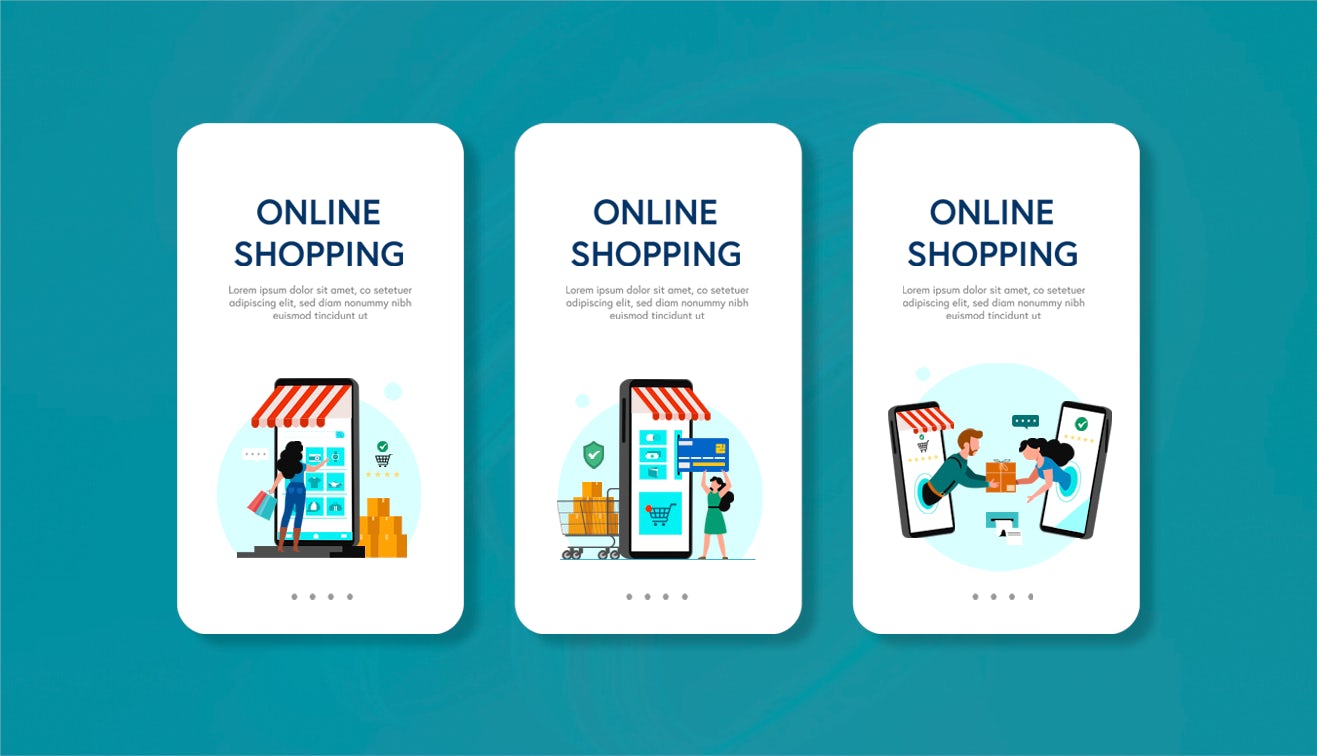

.jpg?w=3840&q=75)
